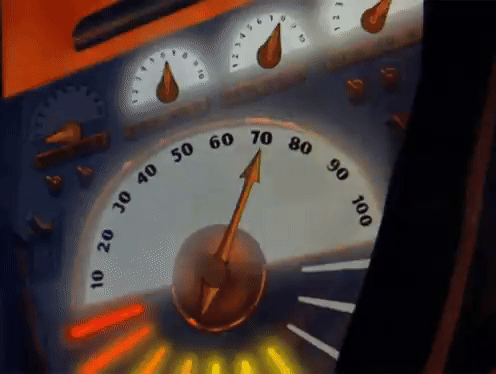
Strategic and organisational planning is a time-consuming process. For larger organisations, there may be a team that undertakes strategic planning on a near-continuous basis. But even smaller clients may spend more than a year developing a four-year strategic plan.
In fact, I recently participated in the development of a 20-year strategy for Myli, a community library organisation where I proudly sit on the board. The strategy process started over two and a half years ago when I was engaged to help develop a suite of 20-year scenarios for Myli’s future. Since then, hundreds of hours have been spent, dozens of people have been consulted and a handful of other experts have been engaged to create Myli’s strategy (kudos to Leanne Williams and the whole leadership team for working their way through this).
But despite all this effort and despite the end result being one of the best strategic documents I’ve ever seen, Myli’s 20-year strategy is already broken… we just don’t know why or where yet.
But that’s OK. As long as we know that it’s broken, we can start looking for where the cracks are forming. And if we can identify the problems early, we can either adjust or even replace components of the strategy where required.
The bigger risk for organisations is not that their strategy is broken, but rather that they believe their strategy is something immutable*. That once it’s been created, it can’t be changed – at least not until the next strategic planning cycle rolls around in three to four years.
* This problem is exacerbated if people don’t feel ownership of the strategy. If the strategy formulation is held by a small group of people or outsourced to an external consultant, then people don’t feel they can tinker** with it.
** It would be nice to think that strategy was like a brand new car that only requires regular servicing, but more often than not, it’s a hand-built vintage rat-rod cobbled together out of spare parts that requires constant monitoring and frequent repairs
We live in a world that tends to bring surprises. Things we assume will happen don’t occur, and things we didn’t plan for turn out to be true. In fact, a really good strategy will be developed with this in mind. As part of your strategy process, there needs to be opportunities for regular review and adjustment. Although there might be agreed actions, there will also be alternate options* that can be substituted in quickly and relatively easily when (not if) required.
* Options are pre-thought strategic alternatives. The benefit of having options is you don’t need to stick with the current plan purely because of a lack of choice. Having pre-thought options also means you can change direction faster if conditions require it.
Alternatively, if your strategy is inflexible and there’s no mechanism for it to be re-assessed then it’s inevitable that resources will be wasted on things that are no longer relevant and that very real needs will go unaddressed.
At the end of the day, every strategy is broken, and that’s OK… as long as you’re actively looking for the broken bits. But if you’re not, it probably isn’t.

Simon






